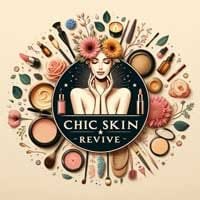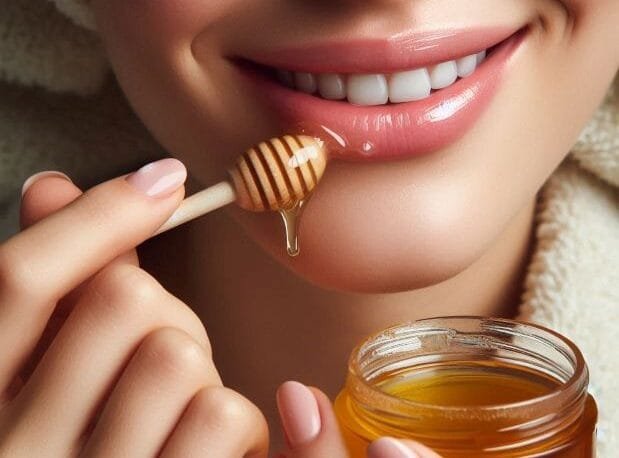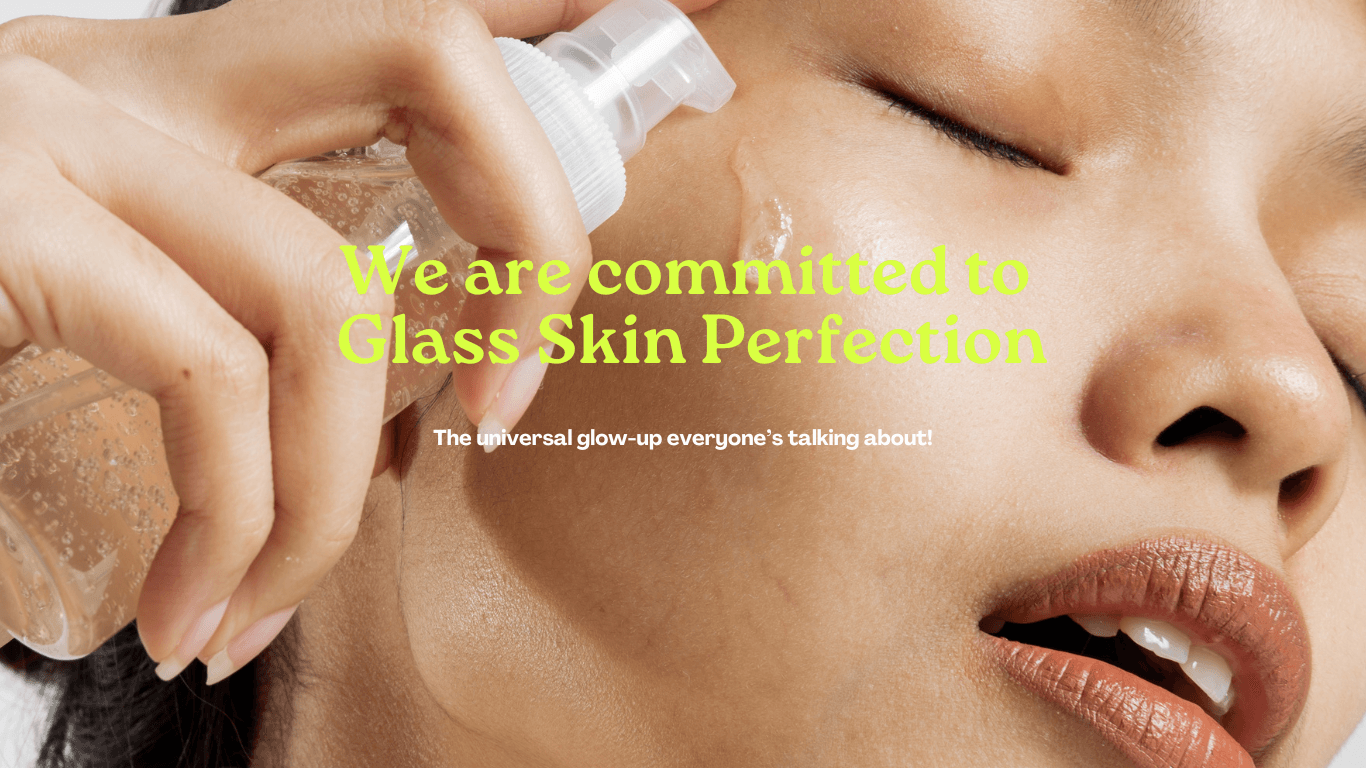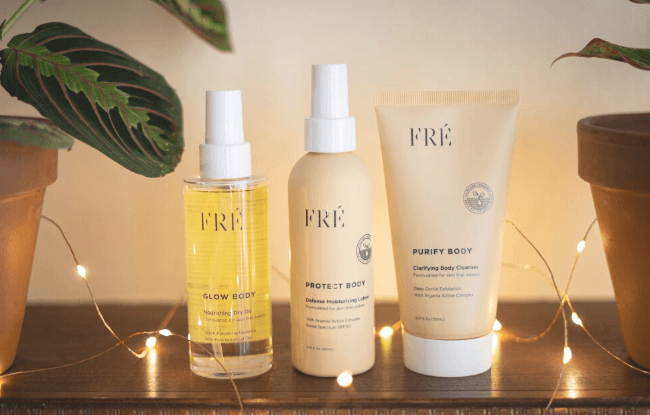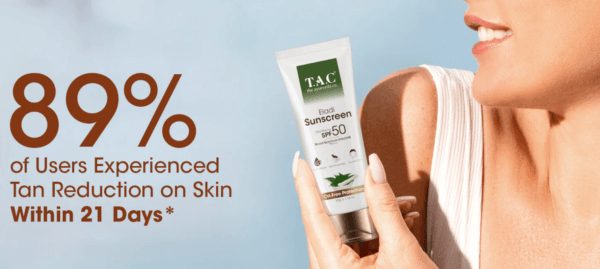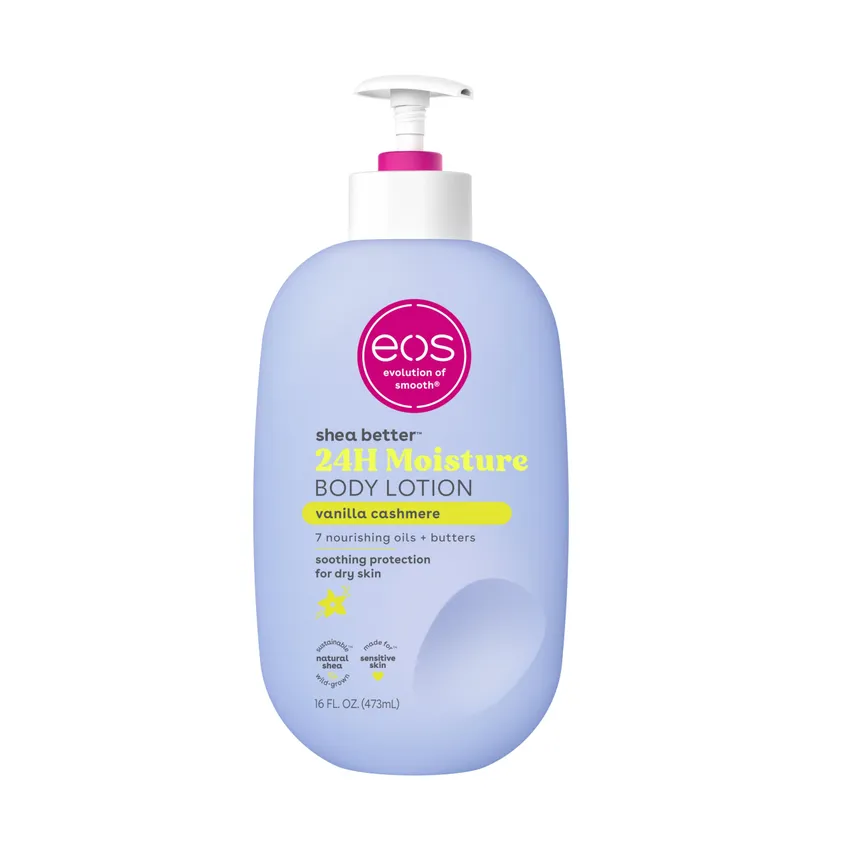How To Get Rid Of Chapped Lips Without Chapstick: Natural Remedies & Expert Tips: Chapped lips are a common issue, especially in colder months or dry climates. It’s easy to reach for the nearest chapstick, but what if you’re looking for natural alternatives? Fortunately, there are plenty of ways to heal chapped lips without relying on store-bought products. In this guide, we’ll explore effective natural remedies, preventative measures, and expert insights to help you achieve soft, healthy lips without using chapstick.
Understanding the Causes of Chapped Lips
Before we dive into remedies, it’s important to understand why our lips get chapped.
Environmental Factors
Cold, dry air is one of the leading causes of chapped lips. When the air lacks moisture, it draws water from our skin, including our lips. Wind exposure can exacerbate the issue, leaving lips dry and irritated. Indoor heating during winter can also strip moisture from the air, further contributing to the problem.
Health-Related Reasons
Dehydration is a significant factor in dry, cracked lips. When your body lacks sufficient fluids, one of the first places it shows is your skin and lips. Additionally, vitamin deficiencies, such as a lack of B vitamins or iron, can lead to persistent chapped lips. Certain medications, particularly those for acne like isotretinoin, can also cause dryness.
Habits That Worsen Chapping
Lip licking may seem like a natural way to moisten lips, but it makes things worse. The saliva evaporates quickly, leaving lips even drier than before. Similarly, biting or picking at your lips can damage the delicate skin, making it harder for them to heal.
Signs and Symptoms to Watch Out For:
Dryness, flaking, redness, swelling, and cracks are all common signs of chapped lips. In severe cases, lips may even bleed, indicating damage to the skin barrier.
Natural Remedies to Soothe and Heal Chapped Lips
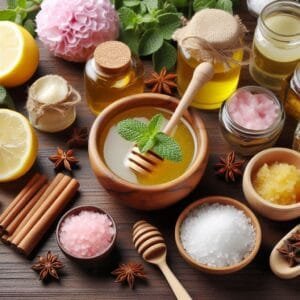
For how to get rid of chapped lips without chapstick, natural remedies can offer effective relief. Below are some tried-and-true options that can restore moisture and heal the skin.
Honey: Nature’s Moisturizer
Honey is well-known for its antibacterial and moisturizing properties. Its thick consistency helps lock in moisture, while its natural enzymes aid in healing. To use honey, simply apply a thin layer to your lips before bed and let it work its magic overnight.
Aloe Vera for Soothing
Aloe vera is often associated with treating sunburn, but it can also be used on chapped lips. The gel contains vitamins, minerals, and anti-inflammatory compounds that soothe and heal. Apply fresh aloe gel from a leaf or store-bought gel with no added chemicals to your lips for quick relief.
Olive Oil and Coconut Oil
Both olive oil and coconut oil are excellent at providing moisture. Rich in fatty acids, they help restore the skin’s natural barrier and keep lips hydrated. Apply a small amount of oil to your lips throughout the day to maintain softness and prevent cracking.
Hydration: The Key to Healing
It’s no secret that drinking water is essential for overall skin health, including your lips. Dehydration can quickly cause lips to dry out, so aim to drink at least 8 glasses of water a day to stay hydrated from within.
Dietary and Lifestyle Changes for Healthier Lips
Healing chapped lips involves more than just topical treatments. A healthy diet and mindful habits can make a significant difference.
Foods That Promote Skin Hydration
Eating foods rich in water, such as cucumbers, watermelon, and oranges, can help maintain hydration levels. Omega-3 fatty acids found in fish, flaxseeds, and walnuts also support skin health by reducing inflammation and promoting moisture retention.
Avoid Acidic and Salty Foods
Certain foods can irritate already chapped lips, including acidic fruits like lemons and oranges, as well as salty snacks. If your lips are feeling dry and sensitive, it’s best to steer clear of these until they’ve healed.
Lip-Licking and Biting Habits
As tempting as it might be, avoid licking your lips when they’re dry. Instead, use one of the natural remedies mentioned above to restore moisture. Similarly, try to break the habit of biting your lips, as this can lead to painful cracks and prolonged healing.
The Role of Humidity in Your Environment
Dry indoor air can make chapped lips worse. Using a humidifier at home, especially during the winter months, can add moisture back into the air, preventing lips from drying out.
Preventive Measures and Daily Lip Care Routine
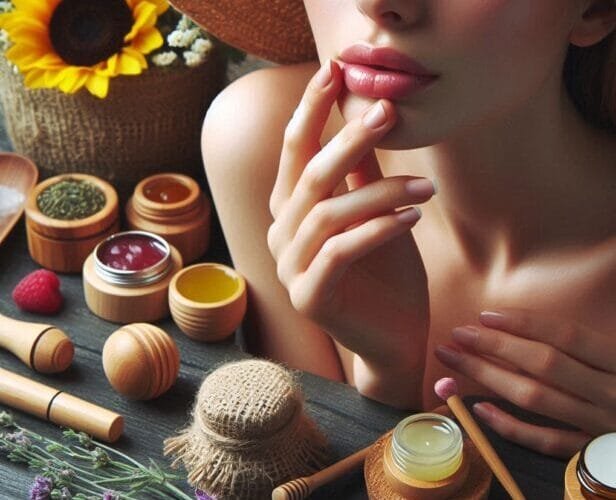
Once your lips have healed, it’s important to take steps to prevent them from getting chapped again. Establishing a daily lip care routine can make all the difference.
Gentle Exfoliation for Smooth Lips
Exfoliating your lips helps remove dead skin cells, allowing moisture to penetrate more effectively. To exfoliate, use a damp cloth or a soft toothbrush. You can also make a DIY lip scrub using sugar and honey for gentle exfoliation.
DIY Lip Balm with Natural Ingredients
If you prefer to go chapstick-free, consider making your lip balm at home. Combine beeswax, coconut oil, and a few drops of essential oil (like peppermint or lavender) to create a nourishing balm that can keep your lips soft and protected.
SPF Protection for Lips
Lips are just as susceptible to sun damage as the rest of your skin, so be sure to protect them with a lip product that contains SPF. Sunburned lips can easily become chapped, so prevention is key.
Protecting Lips in Different Weather Conditions
How to get rid of chapped lips without chapstick in colder months, covering your mouth with a scarf when outside can protect your lips from harsh winds. In hot weather, be mindful of sun exposure and use SPF lip balm regularly.
Dermatologist Insights and Expert Advice
According to the American Academy of Dermatology (AAD), “Chapped lips are often a sign of a damaged skin barrier. Natural oils like coconut oil and olive oil can help to repair the barrier and lock in moisture.”
Source: (AAD – American Academy of Dermatology)
Dr. Marisa Garshick, a well-known board-certified dermatologist, who often emphasizes the importance of gentle exfoliation and hydration for lips. She mentions that lip scrubs typically contain small particles to remove dead skin cells and moisturizing ingredients to nourish and hydrate lips. This aligns well with the idea that gentle exfoliation is crucial for allowing hydrating ingredients to penetrate deeply, while over-exfoliation can cause damage.
Source: cnn.com
These insights underscore the importance of gentle care, natural moisturizers, and avoiding harsh products that can irritate sensitive lips. If chapped lips persist despite natural treatments, it may be time to consult a dermatologist for further evaluation.
Take Control of Your Lip Care
Healing chapped lips without ChapStick is possible with the right natural remedies and lifestyle changes. By understanding the causes of chapped lips and following expert-backed solutions, you can restore your lips’ health and prevent future chapping. If you found these tips helpful, try incorporating them into your daily routine, and let us know your favorite remedy in the comments below! For more expert skincare advice, check out our latest posts on chicskinrevive.com.
